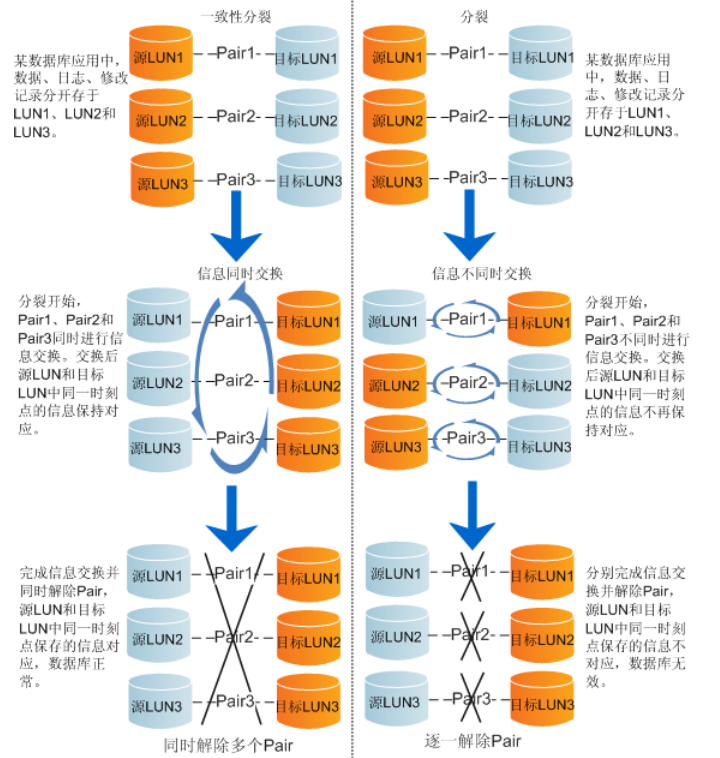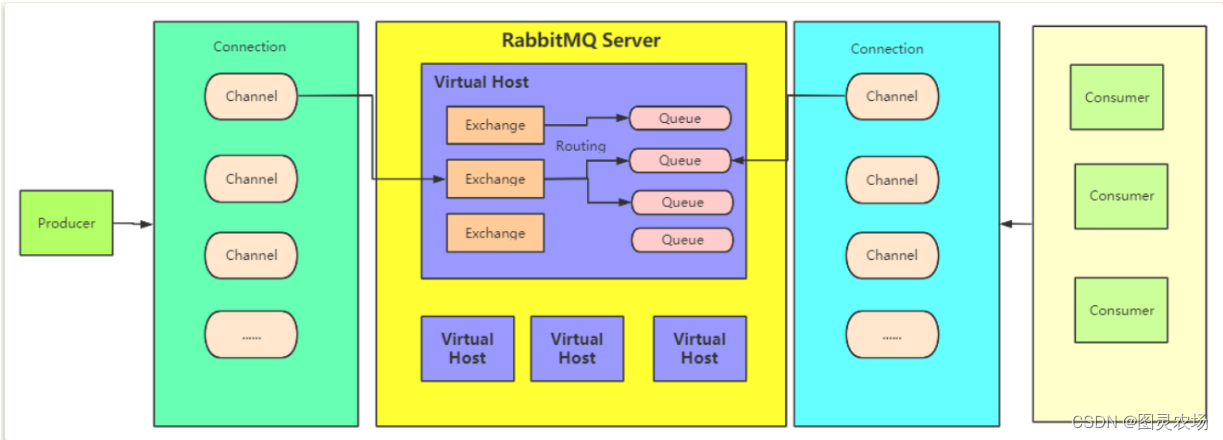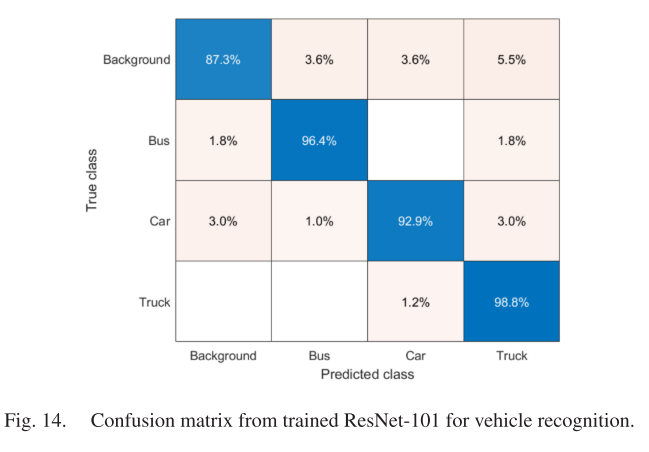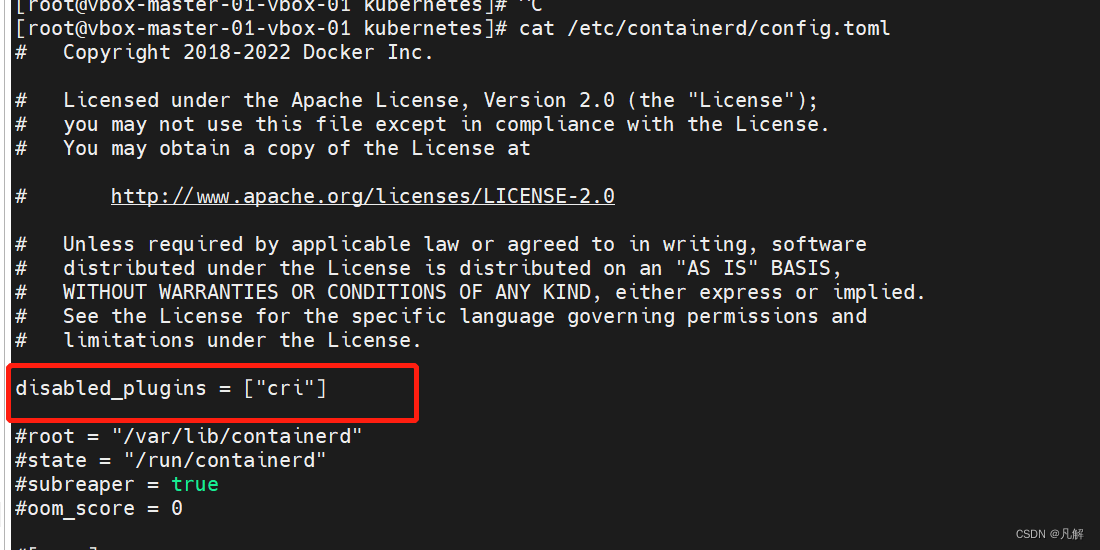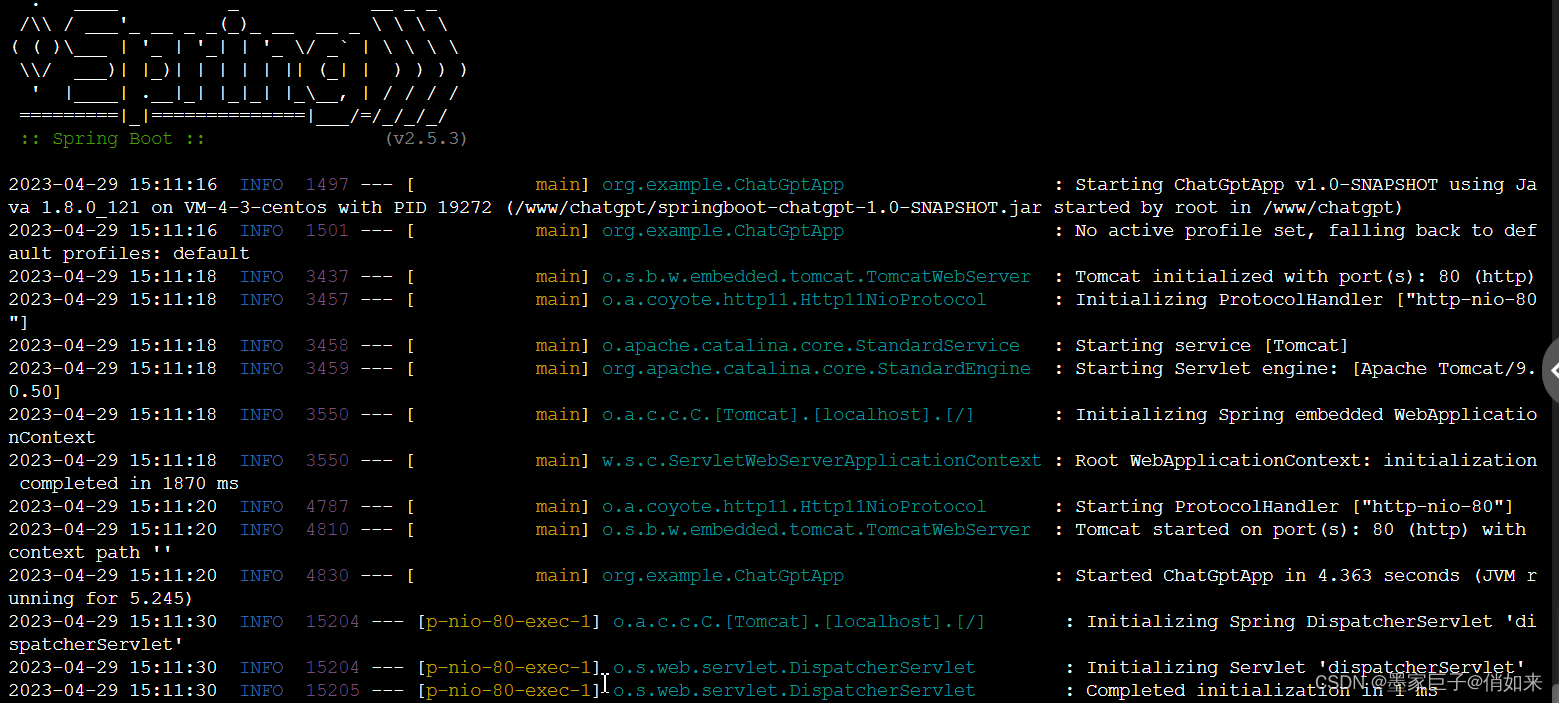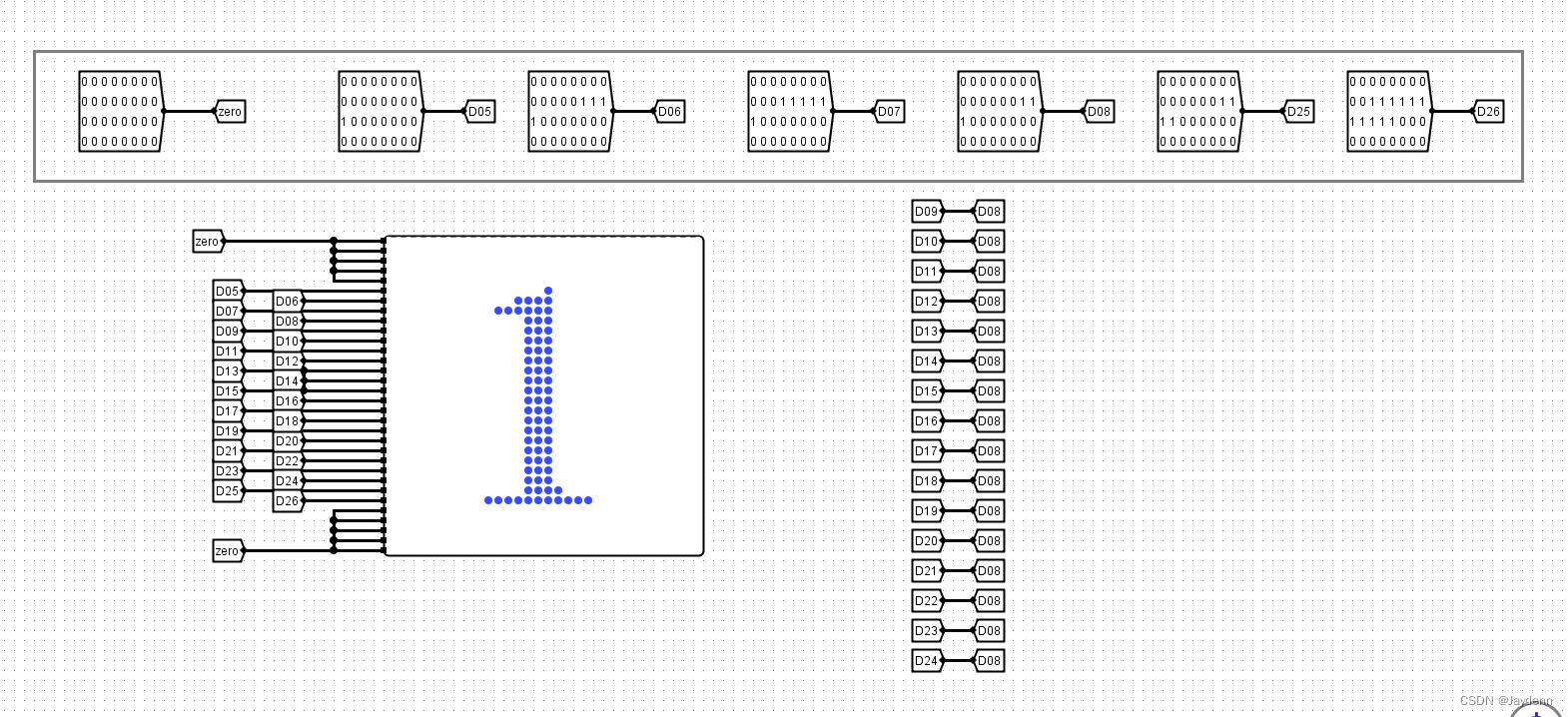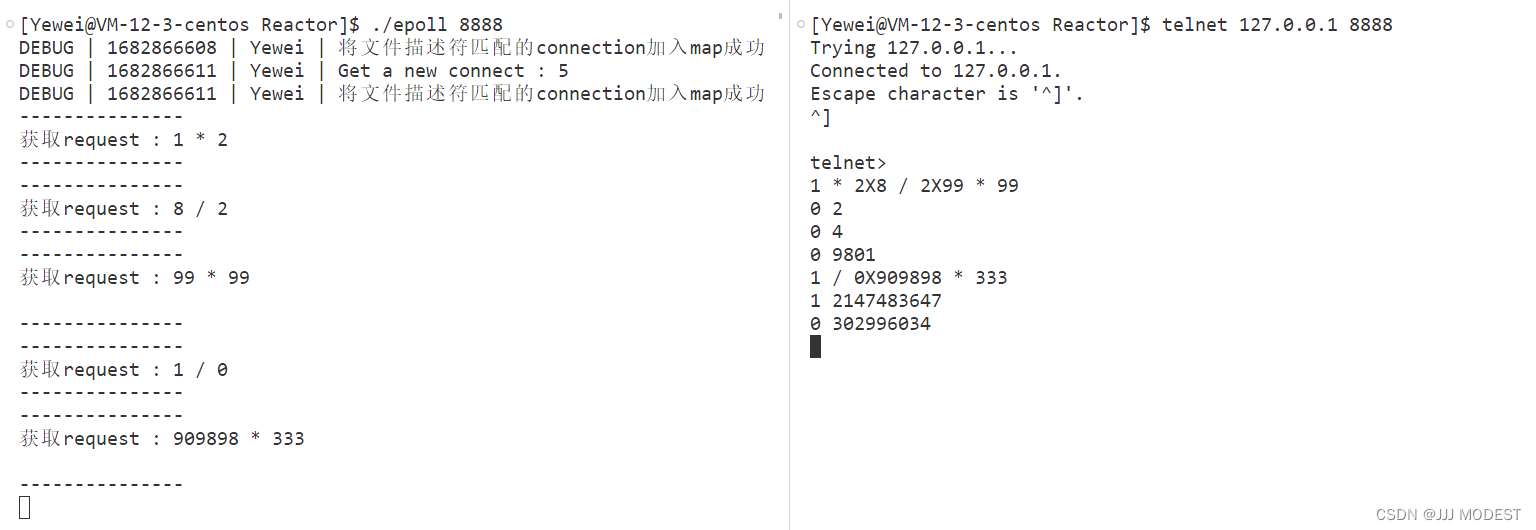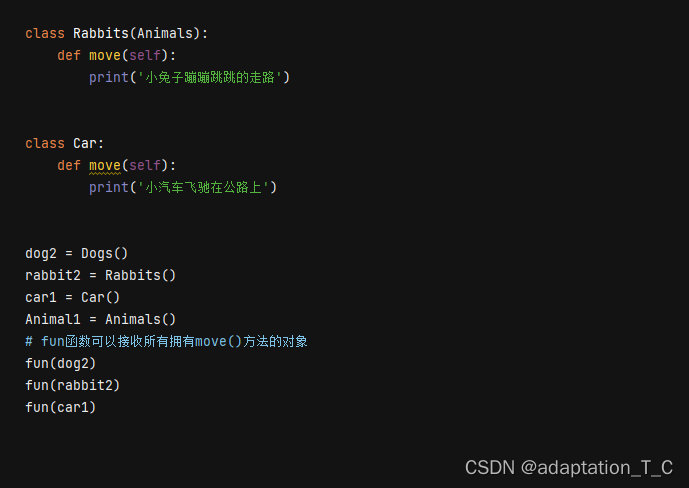
目录
1. 二叉搜索树的最近公共祖先 🌟🌟
2. 随机分组问题 🌟
3. K 个一组翻转链表 🌟🌟🌟
🌟 每日一练刷题专栏 🌟
Golang每日一练 专栏
Python每日一练 专栏
C/C++每日一练 专栏
Java每日一练 专栏
1. 二叉搜索树的最近公共祖先
给定一个二叉搜索树, 找到该树中两个指定节点的最近公共祖先。
百度百科中最近公共祖先的定义为:“对于有根树 T 的两个结点 p、q,最近公共祖先表示为一个结点 x,满足 x 是 p、q 的祖先且 x 的深度尽可能大(一个节点也可以是它自己的祖先)。”
例如,给定如下二叉搜索树: root = [6,2,8,0,4,7,9,null,null,3,5]
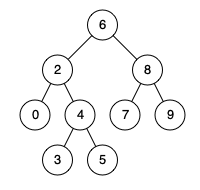
示例 1:
输入: root = [6,2,8,0,4,7,9,null,null,3,5], p = 2, q = 8 输出: 6 解释: 节点 2 和节点 8 的最近公共祖先是 6。
示例 2:
输入: root = [6,2,8,0,4,7,9,null,null,3,5], p = 2, q = 4 输出: 2 解释: 节点 2 和节点 4 的最近公共祖先是 2, 因为根据定义最近公共祖先节点可以为节点本身。
说明:
- 所有节点的值都是唯一的。
- p、q 为不同节点且均存在于给定的二叉搜索树中。
出处:
https://edu.csdn.net/practice/26945721
代码:
import java.util.*;
import java.util.LinkedList;
public class lowestCommonAncestor {
public final static int NULL = Integer.MIN_VALUE; //用NULL来表示空节点
public static class TreeNode {
int val;
TreeNode left;
TreeNode right;
TreeNode(int x) {
val = x;
}
}
public static class Solution {
public TreeNode lowestCommonAncestor(TreeNode root, TreeNode p, TreeNode q) {
if (p.val < root.val && q.val < root.val)
return lowestCommonAncestor(root.left, p, q);
else if (p.val > root.val && q.val > root.val)
return lowestCommonAncestor(root.right, p, q);
else
return root;
}
}
public static TreeNode createBinaryTree(Vector<Integer> vec) {
if (vec == null || vec.size() == 0) {
return null;
}
Queue<TreeNode> queue = new LinkedList<>();
TreeNode root = new TreeNode(vec.get(0));
queue.offer(root);
int i = 1;
while (!queue.isEmpty()) {
int size = queue.size();
for (int j = 0; j < size; j++) {
TreeNode node = queue.poll();
if (i < vec.size() && vec.get(i) != NULL) {
node.left = new TreeNode(vec.get(i));
queue.offer(node.left);
}
i++;
if (i < vec.size() && vec.get(i) != NULL) {
node.right = new TreeNode(vec.get(i));
queue.offer(node.right);
}
i++;
}
}
return root;
}
public static void main(String[] args) {
Solution s = new Solution();
Integer[] nums = {6,2,8,0,4,7,9,NULL,NULL,3,5};
Vector<Integer> vec = new Vector<Integer>(Arrays.asList(nums));
TreeNode root = createBinaryTree(vec);
TreeNode p = new TreeNode(2);
TreeNode q = new TreeNode(8);
System.out.println(s.lowestCommonAncestor(root, p, q).val);
Integer[] nums2 = {6,2,8,0,4,7,9,NULL,NULL,3,5};
vec = new Vector<Integer>(Arrays.asList(nums2));
root = createBinaryTree(vec);
p = new TreeNode(2);
q = new TreeNode(4);
System.out.println(s.lowestCommonAncestor(root, p, q).val);
}
}输出:
6
2
2. 随机分组问题
已知有16只男子足球队参加2008年奥运会。写一段程序将球队随机分成4组
出处:
https://edu.csdn.net/practice/26945722
代码:
import java.util.*;
class StringToDateDemo {
public static void main(String args[]) {
ArrayList<String> teams = new ArrayList<String>() {
{
add("a");
add("b");
add("c");
add("d");
add("e");
add("f");
add("g");
add("h");
add("i");
add("j");
add("k");
add("l");
add("m");
add("n");
add("o");
add("p");
}
};
Collections.shuffle(teams);
ArrayList<String> group1 = new ArrayList<String>();
ArrayList<String> group2 = new ArrayList<String>();
ArrayList<String> group3 = new ArrayList<String>();
ArrayList<String> group4 = new ArrayList<String>();
group1.addAll(teams.subList(0, teams.size() / 4 + teams.size() % 4));
group2.addAll(teams.subList(teams.size() / 4 + teams.size() % 4, 2 * teams.size() / 4 + teams.size() % 4));
group3.addAll(teams.subList(2*teams.size() / 4 + teams.size() % 4, 3 * teams.size() / 4 + teams.size() % 4));
group4.addAll(teams.subList(3*teams.size() / 4 + teams.size() % 4, teams.size()));
}
}输出:(随机)
[h, a, i, n]
[j, l, k, e]
[b, p, g, c]
[o, d, f, m]
Tips: 因为是连续字母,ArrayList<String> teams 用循环赋值即可。
ArrayList<String> teams = new ArrayList<>();
for (int i = 0; i < 16; i++) {
teams.add(String.valueOf((char)(i + 'a')));
}
3. K 个一组翻转链表
给你一个链表,每 k 个节点一组进行翻转,请你返回翻转后的链表。
k 是一个正整数,它的值小于或等于链表的长度。
如果节点总数不是 k 的整数倍,那么请将最后剩余的节点保持原有顺序。
进阶:
- 你可以设计一个只使用常数额外空间的算法来解决此问题吗?
- 你不能只是单纯的改变节点内部的值,而是需要实际进行节点交换。
示例 1:

输入:head = [1,2,3,4,5], k = 2 输出:[2,1,4,3,5]
示例 2:
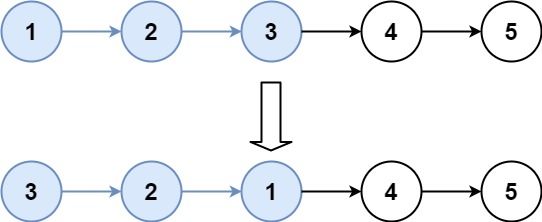
输入:head = [1,2,3,4,5], k = 3 输出:[3,2,1,4,5]
示例 3:
输入:head = [1,2,3,4,5], k = 1 输出:[1,2,3,4,5]
示例 4:
输入:head = [1], k = 1 输出:[1]
提示:
- 列表中节点的数量在范围
sz内 1 <= sz <= 50000 <= Node.val <= 10001 <= k <= sz
以下程序实现了这一功能,请你填补空白处内容:
```Java
public class ListNode {
int val;
ListNode next;
ListNode() {
}
ListNode(int val) {
this.val = val;
}
ListNode(int val, ListNode next) {
this.val = val;
this.next = next;
}
}
class Solution {
public ListNode reverseKGroup(ListNode head, int k) {
if (head == null) {
return null;
}
ListNode a = head, b = head;
for (int i = 0; i < k; i++) {
if (b == null) {
return a;
}
b = b.next;
}
ListNode newHead = reverse(a, b);
a.next = reverseKGroup(b, k);
return newHead;
}
public ListNode reverse(ListNode a, ListNode b) {
ListNode pre, cur, nxt;
pre = null;
cur = a;
nxt = a;
while (nxt != b) {
__________________;
}
return pre;
}
}
```
出处:
https://edu.csdn.net/practice/26945723
代码:
import java.util.*;
import java.util.LinkedList;
public class reverseKGroup {
public static class ListNode {
int val;
ListNode next;
ListNode() {
}
ListNode(int val) {
this.val = val;
}
ListNode(int val, ListNode next) {
this.val = val;
this.next = next;
}
}
public static class Solution {
public ListNode reverseKGroup(ListNode head, int k) {
if (head == null) {
return null;
}
ListNode a = head, b = head;
for (int i = 0; i < k; i++) {
if (b == null) {
return a;
}
b = b.next;
}
ListNode newHead = reverse(a, b);
a.next = reverseKGroup(b, k);
return newHead;
}
public ListNode reverse(ListNode a, ListNode b) {
ListNode pre, cur, nxt;
pre = null;
cur = a;
nxt = a;
while (nxt != b) {
nxt = cur.next;
cur.next = pre;
pre = cur;
cur = nxt;
}
return pre;
}
}
public static ListNode createLinkedList(int[] nums) {
if (nums == null || nums.length == 0) {
return null;
}
ListNode head = new ListNode(nums[0]);
ListNode cur = head;
for (int i = 1; i < nums.length; i++) {
cur.next = new ListNode(nums[i]);
cur = cur.next;
}
return head;
}
public static void printLinkedList(ListNode head) {
ListNode cur = head;
while (cur != null) {
System.out.print(cur.val + "->");
cur = cur.next;
}
System.out.println("null");
}
public static void main(String[] args) {
Solution s = new Solution();
int[] nums = {1,2,3,4,5};
ListNode head = createLinkedList(nums);
printLinkedList(head);
printLinkedList(s.reverseKGroup(head, 2));
head = createLinkedList(nums);
printLinkedList(s.reverseKGroup(head, 3));
head = createLinkedList(nums);
printLinkedList(s.reverseKGroup(head, 1));
}
}输出:
1->2->3->4->5->null
2->1->4->3->5->null
3->2->1->4->5->null
1->2->3->4->5->null
🌟 每日一练刷题专栏 🌟
✨ 持续,努力奋斗做强刷题搬运工!
👍 点赞,你的认可是我坚持的动力!
🌟 收藏,你的青睐是我努力的方向!
✎ 评论,你的意见是我进步的财富!
☸ 主页:https://hannyang.blog.csdn.net/
 | Golang每日一练 专栏 |
 | Python每日一练 专栏 |
 | C/C++每日一练 专栏 |
 | Java每日一练 专栏 |

